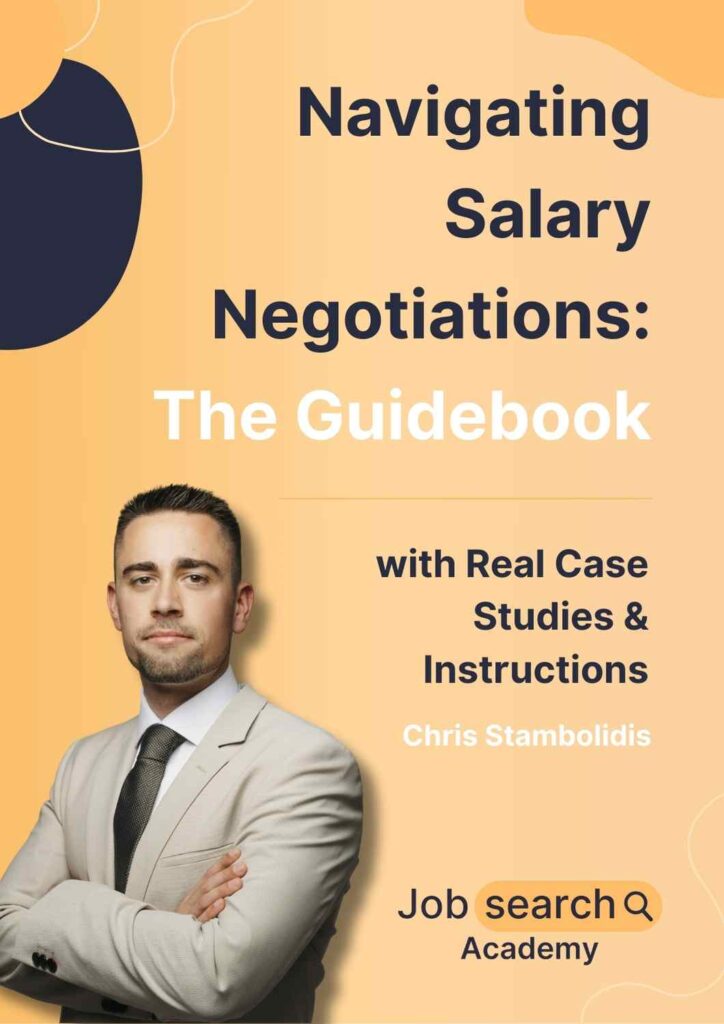Submitting resume after resume without receiving any feedback can be frustrating. This might lead you to consider a bold new strategy: ditching the standard Microsoft Word resume template for a creative, eye-catching resume. Before you transform your resume into a work of art, it’s essential to understand when a creative resume will help you stand out and when it might work against you.

Creative Resumes Are for Creative Industries
For professionals in creative fields, such as graphic design, the resume itself can serve as a showcase of their design skills and aesthetic sense.
Why It Works:
- A well-crafted creative resume can highlight a designer’s unique style and creativity, making it a powerful tool in such industries.
Potential Pitfalls:
- If your creative resume doesn’t match the expectations of your field or the job you’re applying for, it might be viewed as unprofessional or gimmicky.
Creative Resume vs. Applicant Tracking Systems
Even the most beautifully designed resume can be rendered ineffective if it doesn’t make it past Applicant Tracking Systems (ATS).
Understanding ATS:
- Many companies, especially large ones, use ATS to filter and rank applicants. These systems scan resumes for specific sections like contact information, work experience, and skills.
- If your creative resume can’t be properly parsed by an ATS, it may never reach a human hiring manager.
Making Your Resume ATS-Friendly
To ensure your creative resume gets noticed, consider using online resume scanner tools.
Steps to Optimize:
- Use Resume Scanners: These tools mimic ATS and can help you understand how your resume will be viewed by these systems.
- Design Adjustments: This way, you can adjust your design to make sure it is both visually appealing and ATS-compliant.

Considering Company Size
Large Companies
Most large companies, including 99% of Fortune 500 companies, use ATS.
Challenges with Large Companies:
- If your resume doesn’t follow their protocol, it might get rejected.
- Even if you manage to get your creative resume in front of a hiring manager, they may have to manually input your information into their system, which can be a significant disadvantage.
Small Companies
Smaller companies (with fewer than 50 employees) are less likely to use ATS.
Advantages with Small Companies:
- In these environments, hiring managers are more accessible, and your creative resume is more likely to be seen and appreciated.
- This makes small companies more suitable for unique and creative resume formats.
Going Viral Isn’t the Goal, Employment Is
While a creative resume might attract attention and even go viral, this doesn’t guarantee a job offer.
Example:
- A marketing professional once went viral by delivering donuts with his resume to Silicon Valley CEOs. He gained interviews and media attention but did not secure a job offer from the stunt.
Focus on Relevance and Quality
Instead of relying on gimmicks, focus on optimizing your resume for the job you want.
Best Practices:
- Tailoring your skills and experiences to match the job description will make you stand out more effectively than any creative trick.
- Highlight your qualifications and achievements clearly and concisely to demonstrate that you are the best candidate for the position.
By understanding when and how to use a creative resume, you can maximize your chances of landing a job in a competitive market.
